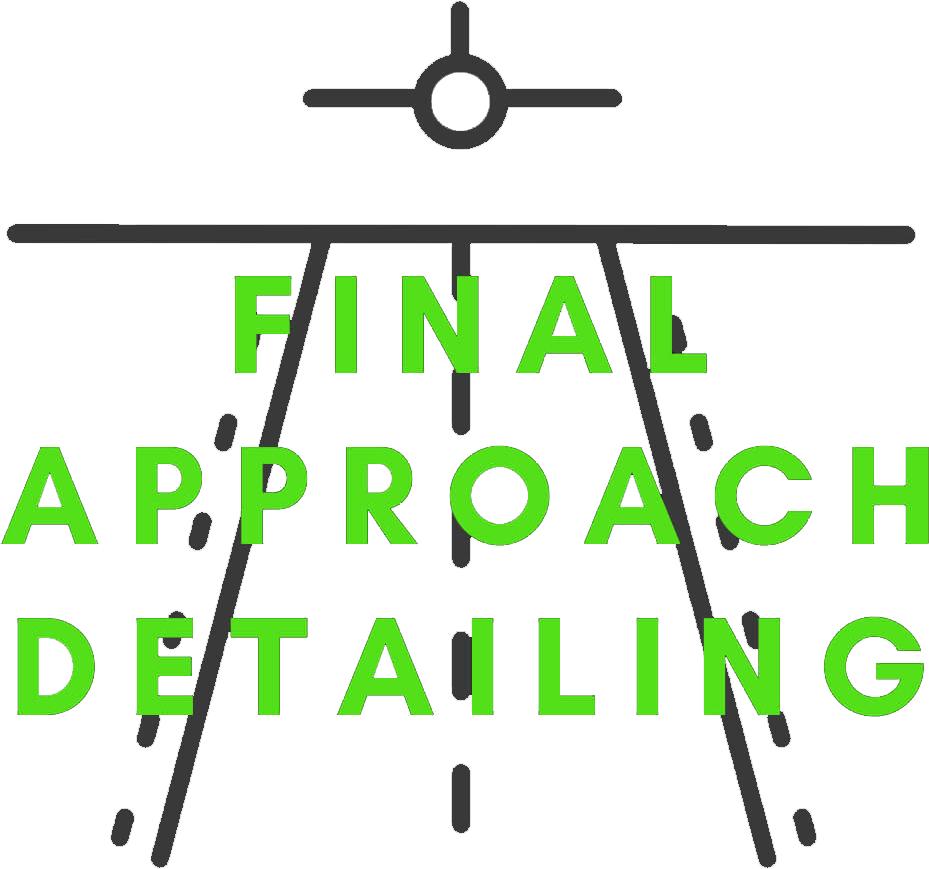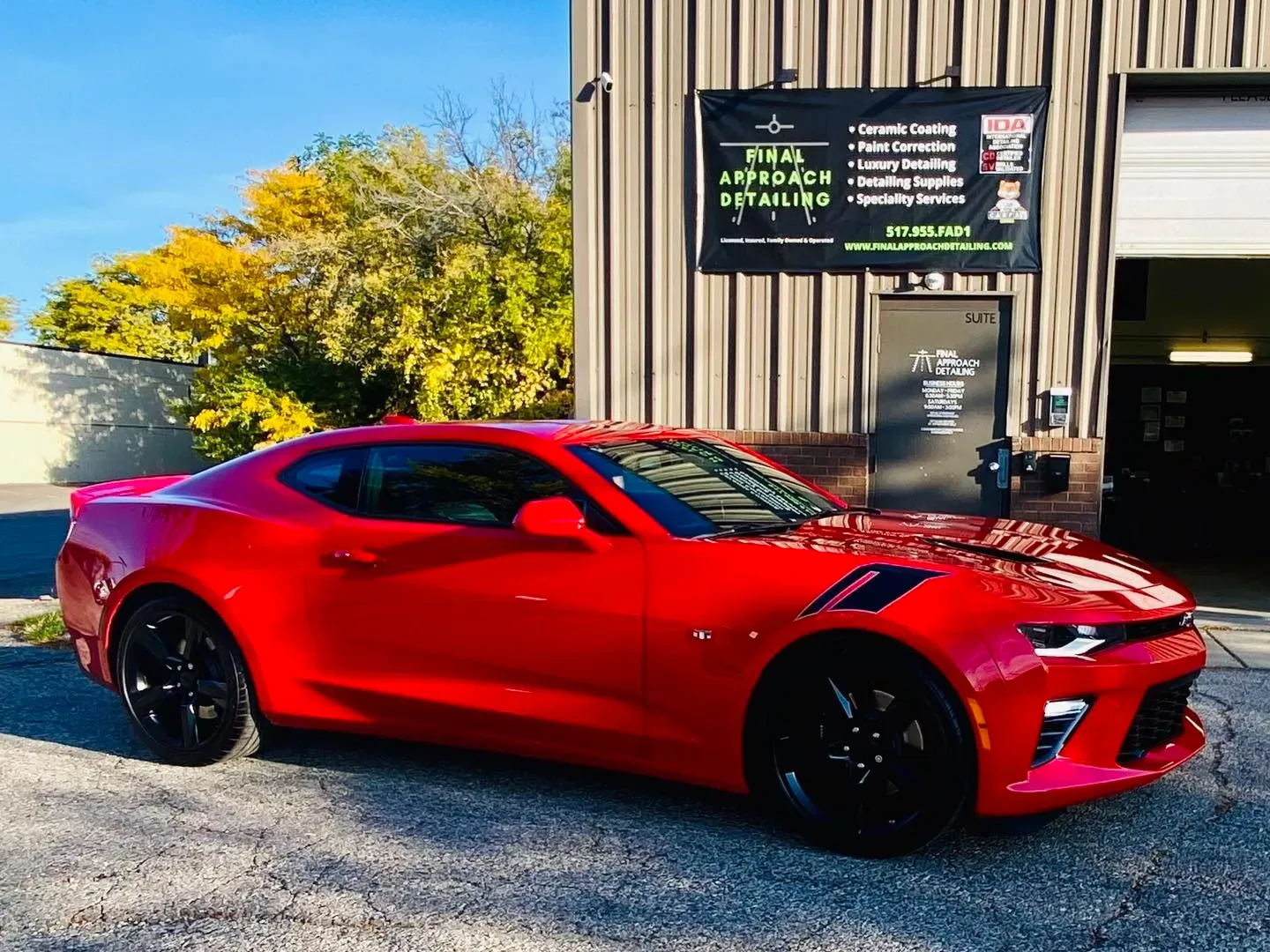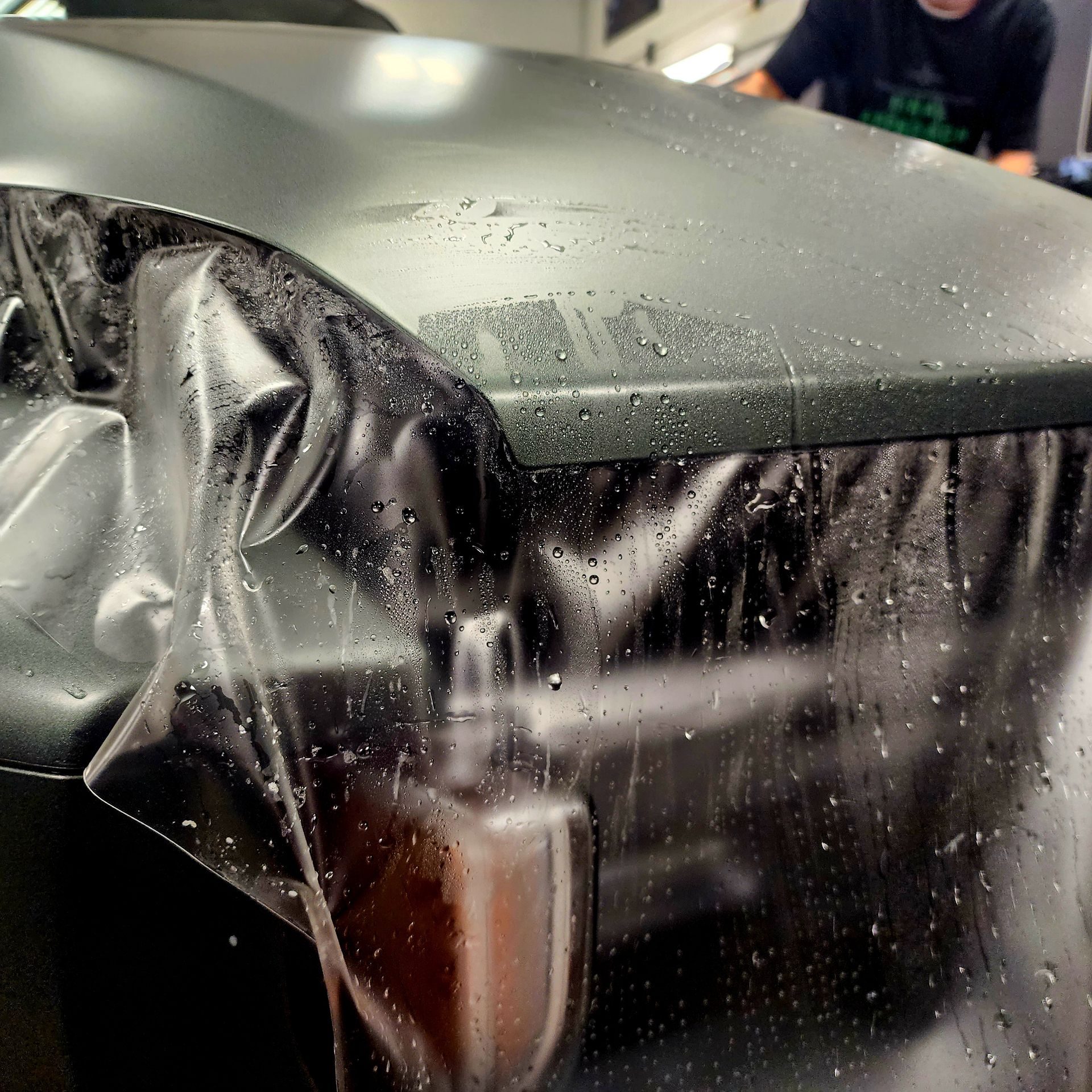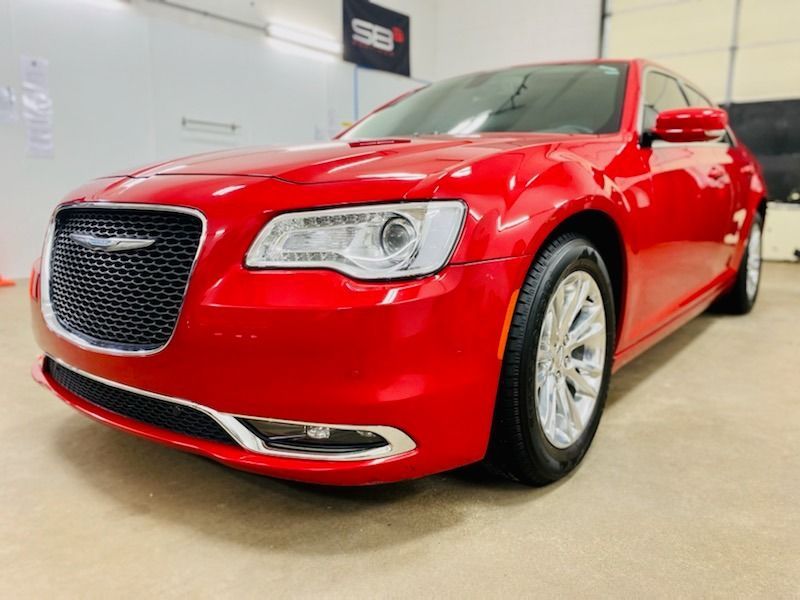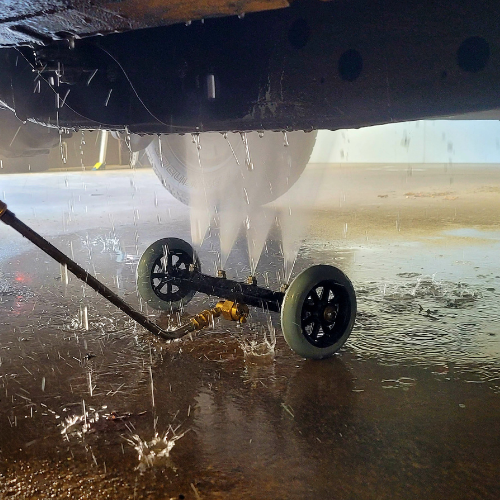The Complete Guide To Ceramic Coating Cure Time
Ready to unlock the secret to a long-lasting, glossy finish for your car? The key lies in understanding the critical element of ceramic coating: cure time. Our comprehensive guide will delve into how this often-overlooked factor impacts your car's glossy appearance and protection over time.
Discover how you can expertly gauge a ceramic coating's cure time, prolong your vehicle's aesthetic appeal, and protect it from environmental damage. Keep reading as we illuminate the path to maximized beauty and durability, one layer of
ceramic coating at a time.
Different Stages of Ceramic Coating Cure
Cure time is a critical aspect, not just for achieving the maximum benefits of a ceramic coating but also for ensuring its longevity. It refers to the duration required for all solvents in the coating to evaporate entirely, leaving behind a solid layer with its protective and hydrophobic properties intact. The stages involved in ceramic coating cure time are-
Initial Drying Stage
The initial drying stage is the first phase of the ceramic coating cure time. It occurs immediately after you apply the ceramic coating product to your vehicle's surfaces. During this stage, the product is exposed to the surrounding air and begins to evaporate. This process creates a tacky residue that holds the ceramic coat in place as it dries.
Keep in mind that every ceramic coating product is unique, so the drying times will vary accordingly. However, most products will take roughly two to four hours to dry completely, depending on factors such as temperature, airflow, or humidity level.
You may be tempted to rush this process by using heat guns or hairdryers, but we highly advise against doing so. Doing it the natural way ensures that all parts of your car's surface are evenly coated and well-bonded to enhance durability.
Although initial curing may have occurred, it is not advisable to use any additional chemicals or sealants for up to 24 hours after application. Otherwise, it could have adverse effects on the curing process and may affect your final results.
Final Curing Stage
After allowing sufficient drying time for your ceramic coating product, we move on to the next phase – final curing.
During this stage, chemical reactions occur within the coating formula that creates a molecular bond with your vehicle's paintwork. This results in an ultra-hard barrier-like finish that provides long-lasting protection.
A reputable ceramic coating brand should provide you with specific directions regarding the recommended time needed for this crucial phase of ceramic coating cure time.
As a general rule of thumb, most coatings require 24-48 hours before they fully cure. However, other products may require more extended periods for complete alignment due to their advanced formulations. They are well worth the potentially higher costs for optimal durability and protective longevity.
The ceramic coating cure time may seem like an elaborate process, but trust us, it's worth every second and every penny spent investing in your vehicle's protection.
Factors Influencing Ceramic Coating Cure Time
Several factors influence ceramic coating cure time, including temperature, humidity, and the number of coating layers applied. Understanding these factors can help car owners determine the best application process for their vehicles.
Role of Temperature and Humidity
Temperature and humidity conditions affect the ceramic coating cure time significantly. It's crucial to plan the application process around these variables, as they significantly impact how long it takes for the coating to cure fully.
When applying ceramic coatings, the ideal ambient temperature ranges between 50°F (10°C) and 85°F (29°C), with recommended humidity levels below 70 percent. Higher temperatures accelerate evaporation, causing coatings to dry before they have enough time to properly bond with the painted surface, leading to suboptimal results. On the other hand, colder temperatures slow down evaporation, which results in slower drying times.
Humidity also plays a key role in curing times, especially since water molecules in humid air can interfere with paint cures and can cause water spots if left unaddressed.
Therefore, it’s critical when applying ceramic coatings to surfaces that have exposure to unpredictable weather conditions, such as outdoor metals or boat perforations caused by water damage, that newly coated metal surfaces need additional care, like proper masking off exposed sides while curing.
Impact of Number of Coating Layers
When applying a ceramic coating to a vehicle, the number of layers applied can have a significant impact on the cure time. Most ceramic coatings require multiple layers to achieve maximum protection and durability, typically ranging from one to three layers. Applying additional ceramic coating layers increases the thickness of the coating, which can result in longer cure times. The thicker the coating, the more time it takes for the solvents used during application to evaporate.
For instance, you apply two layers of ceramic coating instead of one. This means that you've doubled the thickness of the coat, which in turn will double the curing time. The same principle applies when moving to three layers.
To optimize cure time efficiency while minimizing material waste, it's best to follow the manufacturer’s recommended guidelines on the appropriate number of coating layers based on your car's make and model. Keep in mind that adding more layers doesn't necessarily translate into more protection.
Also note that different manufacturers may offer varying thicknesses per layer, which might impact curing time as well.
Regardless of how many layers you choose to apply, always ensure that your vehicle remains within the optimum temperature and humidity range advised by your manufacturer.
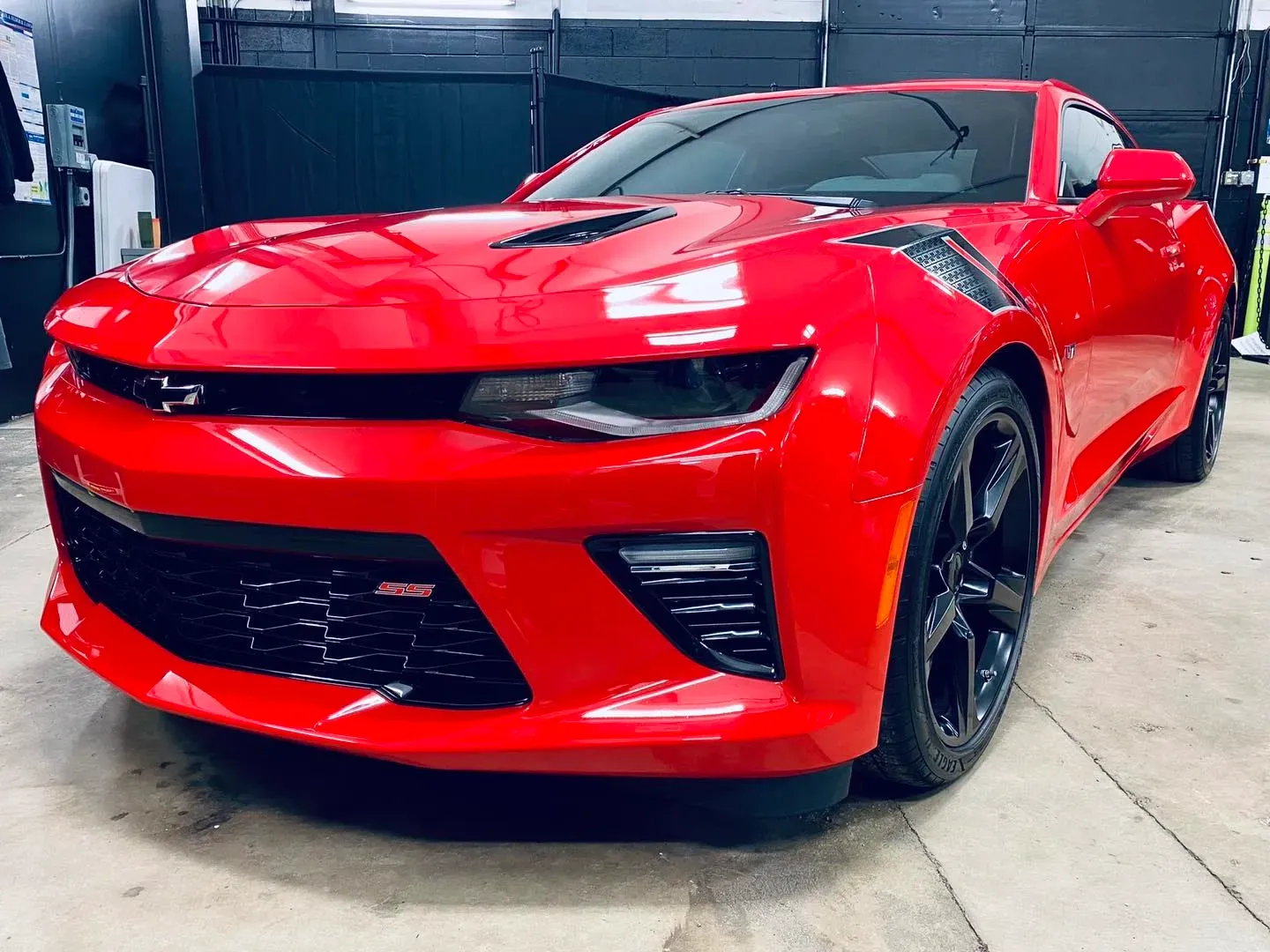
Why Correct Cure Time Matters
The ceramic coating, the ultimate solution for a car's protection, is highly desirable due to its unparalleled durability and aesthetic appeal. The ceramic coat in a liquid form bonds molecularly with the vehicle's paint and offers formidable protection against environmental contaminants such as bird droppings, acid rain, ultraviolet rays, and more. For this reason, numerous automobile owners opt for this treatment to protect their investments. However, to fully reap the benefits of ceramic coating, it is essential to understand the role of cure time.
Ceramic coatings offer long-lasting protection but require adequate time to cure correctly between each layer of application before being exposed to various environments or elements. This process allows proper bonding and cross-linking by giving sufficient time for solvents and additives to evaporate from the liquid, which is the ceramic coating. Although each ceramic coating brand has its own cure time specification guide, 24 hours of cure time is generally recommended between coats.
Suppose an individual who recently received a ceramic coating decides to take their vehicle on a road trip within an hour after applying the final layer. In that case, they may not realize how harmful this decision could be. It will lead to a poor marriage between the ceramic coat and the car's paint surface that will no longer incorporate the molecular-level binding offered by standard curing procedures.
Potential Consequences of Premature Use
Premature use refers to using your car too soon after applying the ceramic coat. One major consequence of premature use is reduced durability since it leads to uneven distribution and curing of layers. This means that your car will not receive full coverage and protection and will therefore remain vulnerable to environmental factors such as UV rays, acid rain, and dust, which can cause damage to your car's paint in the long run.
Another potential consequence of premature use is color alteration due to undesired reactions between the paint and ceramic coat. For instance, using the car too soon after applying the ceramic coating at a high temperature/humidity can cause undesirable effects on the coat, such as surface streaks, watermarks, and even discoloration.
It's important to note that poor cure times don't always reflect the quality of the ceramic coating product you have purchased. Often, we're under so much pressure while rushing our car improvements that we forget that each step requires sufficient time. Some people have lost their cars' shine due to unintended premature use.
To avoid unnecessary damage, it’s essential to follow curing time recommendations carefully set out by professionals.
The Art of Cure Time: Unleashing Perfection with Final Approach Detailing
Experience the best automotive protection with Final Approach Detailing. Our expertise ensures your car receives only the best care and durability, and with our comprehensive guide detailing cure time for ceramic coating, discover all its secrets for creating a glossy, long-term finish on your vehicle.
At Final Approach Detailing, we emphasize the importance of the correct cure time, highlighting its role in maximizing the benefits of ceramic coating. Premature use can lead to reduced durability and potential color alterations. Trust our commitment to excellence, ensuring your investment is safeguarded with the meticulous care only Final Approach Detailing can provide. Your journey to enduring automotive beauty begins here.
Maximize your vehicle's aesthetic appeal and protection.
Schedule your appointment with Final Approach Detailing and enjoy a glossy, long-lasting finish. Remember, a proper cure time is the key to unlocking the full potential of ceramic coating. Choose Final Approach Detailing and let your vehicle shine like never before!
